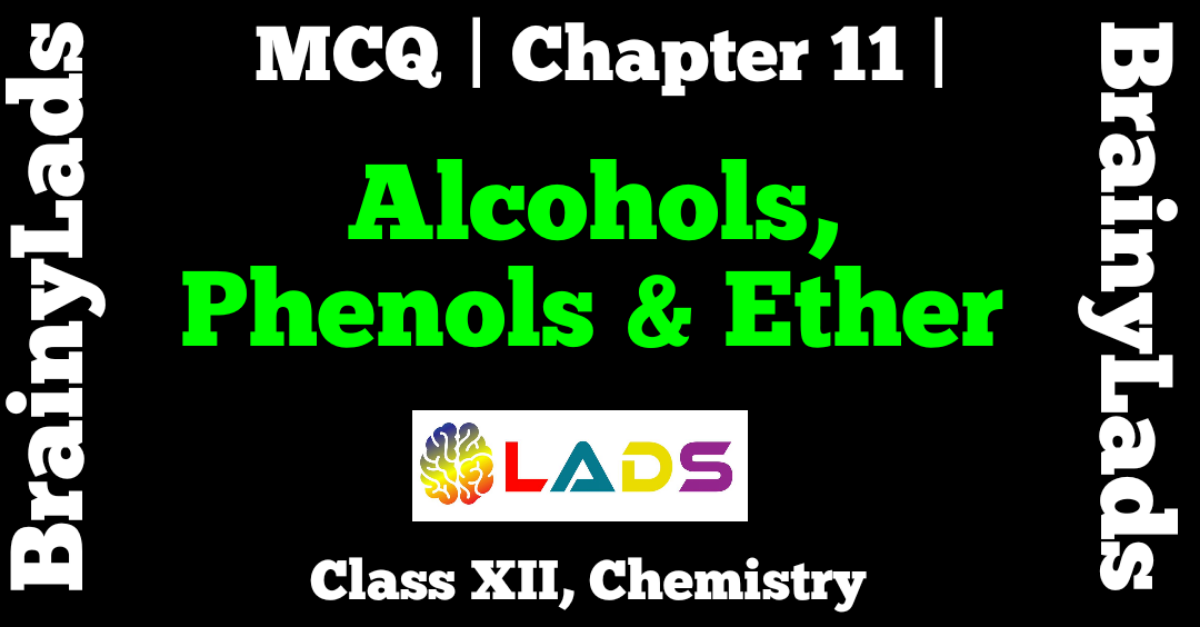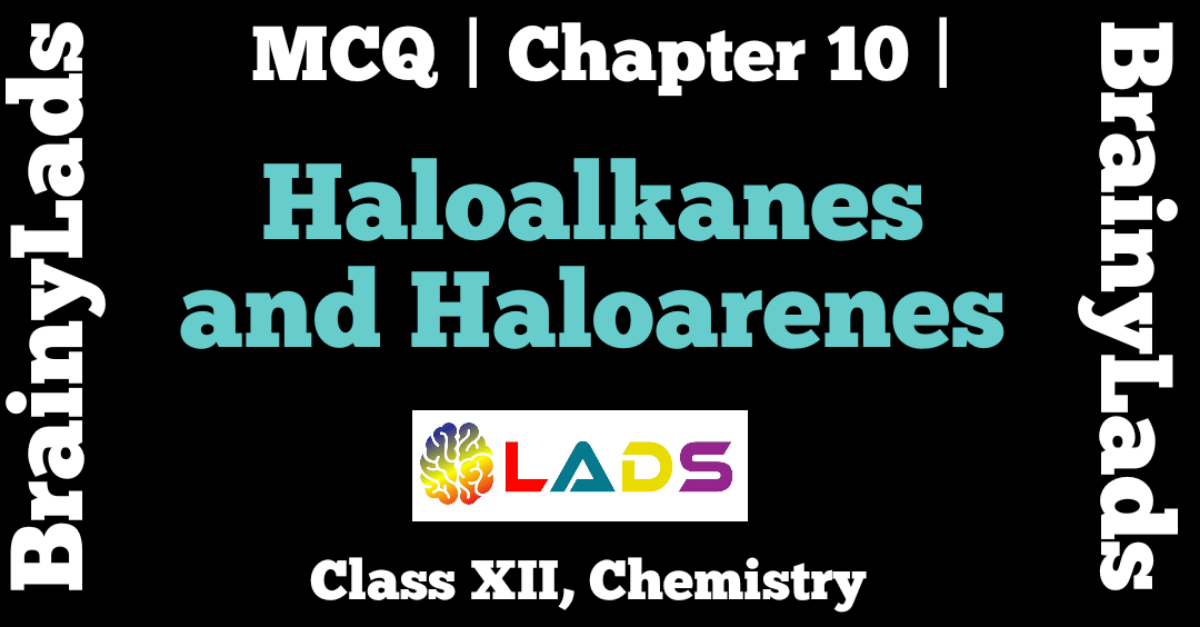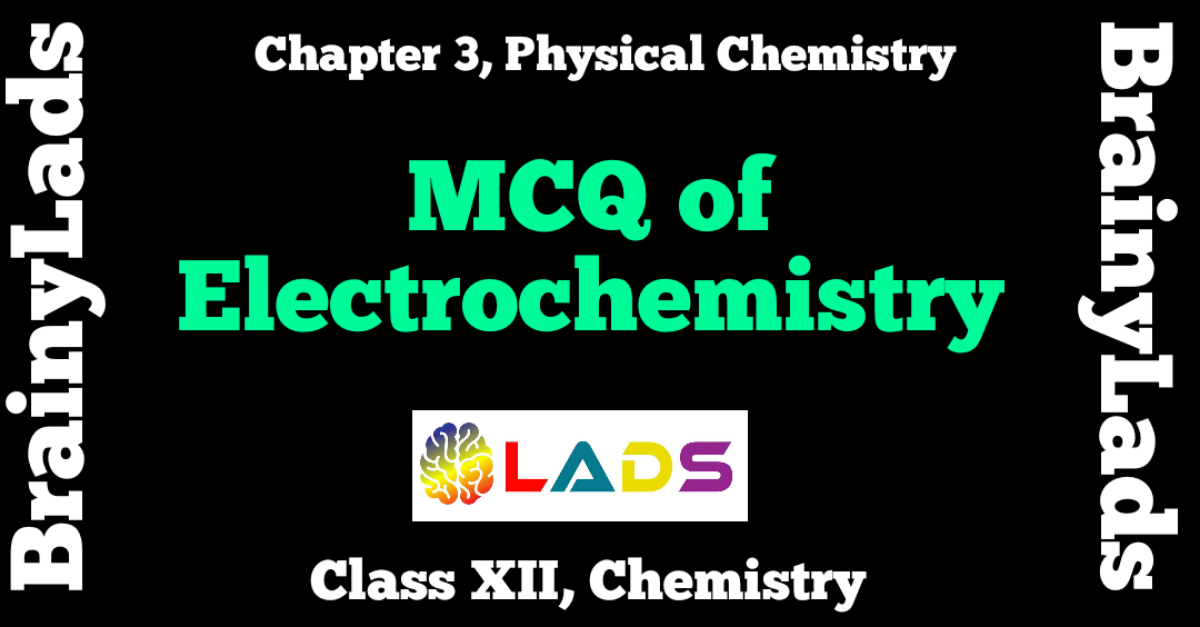MCQ of Amines | Chapter 13 | Chemistry | Class 12 | CBSE |
MCQ of Amines | Multiple Choice Questions of Amines
MCQ of Amines
Question 1: Reduction of aromatic nitro compounds using Sn and HCl gives
- Aromatic primary amines
- Aromatic secondary amines
- Aromatic tertiary amines
- Aromatic amides
Answer: A ( Aromatic primary amines )
Question 2: Amine that cannot be prepared by Gabriel phthalimide synthesis is
- Aniline
- Benzyl amine
- Methyl amine
- Iso-butylamine
Answer: A (Aniline)
Question 3: Amides can be converted into amines by a reaction named after
- Hoffmann
- Claisen
- Perkin
- Kekule
Answer: A (Hoffmann)
Question 4: The most convenient method to prepare an amine containing one carbon atom less is
- Gabriel phthalimide synthesis
- Reductive amination of aldehydes
- Hoffmann bromamide reduction
- Reduction of isonitriles
Answer: C (Hoffmann bromamide reduction)
Question 5: Which of the following test is suitable to differentiate between aniline and benzylamine?
- Aniline gives dye test on diazotisation and reaction with β-napthol while benzylamine gives alcohol
- Benzylamine gives green dye with β-napthol after diazotisation while aniline gives orange dye.
- Aniline gives carbylamine reaction while benzylamine does not.
- Benzylamine gives carbylamine reaction while aniline does not.
Answer: A ( Aniline gives dye test on diazotisation and reaction with β-napthol while benzylamine gives alcohol )
Question 6: The coupling reaction of aryldiazonium chloride with aniline are carried out in
- Strongly acidic medium
- Strongly basic medium
- Mild basic medium
- Mild acidic medium
Answer: D (Mild acidic medium)
Question 9: When a primary amine reacts with chloroform and ethanolic KOH , then the product formed is
- Isocyanide
- Aldehyde
- Cyanide
- Alcohol
Answer: A (Isocyanide)
You may also read MCQ of The Solid State, MCQ of Solutions, MCQ of Electrochemistry, MCQ of Chemical Kinetics, MCQ of Surface Chemistry, MCQ of General Principles and Processed of Isolation of Elements, MCQ of the p-Block Elements, MCQ of the d-And f-Block Elements, MCQ of Coordination Compounds, MCQ of Haloalkanes and Haloarenes, MCQ of Alcohols, Phenols and Ether, MCQ of Aldehydes, Ketones and Carboxylic Acids, MCQ of Amines, MCQ of Biomolecules, MCQ of Polymers, MCQ of Chemistry in Everyday Life
Question 10: Which of the following compounds will not undergo azo coupling reaction with benzene diazonium chloride?
- Aniline
- Phenol
- Anisole
- Nitrobenzene
Answer: D (Nitrobenzene)
Question 11: Primary, secondary and amines may be separated by using
- Iodoform
- Diethyloxalate
- Benzenesulphonyl chloride
- Acetyl chloride
Answer: C (Benzenesulphonyl chloride)
Question 12: Benzenediaonium chloride cannot be stored and is used immediately after its preparation because
- It slowly evaporates on storage
- It is very unstable and dissociates to give nitrogen
- It gets oxidised in air hence cannot be stored
- It reacts with all the containers in which it is stored
Answer: B (It is very unstable and dissociates to give nitrogen)
Question 13: Benzenediazonium chloride on reaction with phenol in weakly basic medium gives
- diphenyl ether
- p-hydroxyazobenzene
- chlorobenzene
- benzene
Answer: B (p-hydroxyazobenzene)
Question 14: Tertiary amines have lowest boiling points amongst isomeric amines because
- They have highest molecular mass
- They do not form hydrogen bonds
- They are more polar in nature
- They are most basic in nature
Answer: B (They do not form hydrogen bonds)
Question 15: Primary and secondary amines are distinguished by
- Br2/KOH
- HClO
- HNO2
- NH3
Answer: C(HNO2)
Question 16: Basic strength of different alkyl amines depends upon
- +I effect
- Steric effect
- Solvation effect
- All of these
Answer: D (All of these)
Question 17: Which of the following option regarding the property of benzenediazonium fluoroborate?
- It is water soluble at room temperature.
- It is water insoluble and stable at room temperature.
- It is a coloured solid.
- None of these
Answer: B ( It is water insoluble and stable at room temperature )
Question 18: Acid anhydride on reaction with primary amines give
- Amide
- Imide
- Secondary amine
- Imine
Answer: A (Amide)
Question 19: Which of the following orders is true regarding the basic nature of –NH2 group ?
- o-Toluidine > Aniline > o-Nitroaniline
- o-Toluidine < Aniline > o-Nitroaniline
- o-Toluidine < Aniline < o-Nitroaniline
- o-Toluidine > Aniline < o-Nitroaniline
Answer: B ( o-Toluidine < Aniline > o-Nitroaniline )
Question 20: When aniline is heated with conc. H2SO4 at 455 – 475 K, it forms
- Aniline hydrogensulphate
- Sulphanilic acid
- Amino benzene sulphonic acid
- Benzenesulphonic acid
Answer: B (Sulphanilic acid)
Do share the post if you liked it. For more updates, keep logging on BrainyLads



